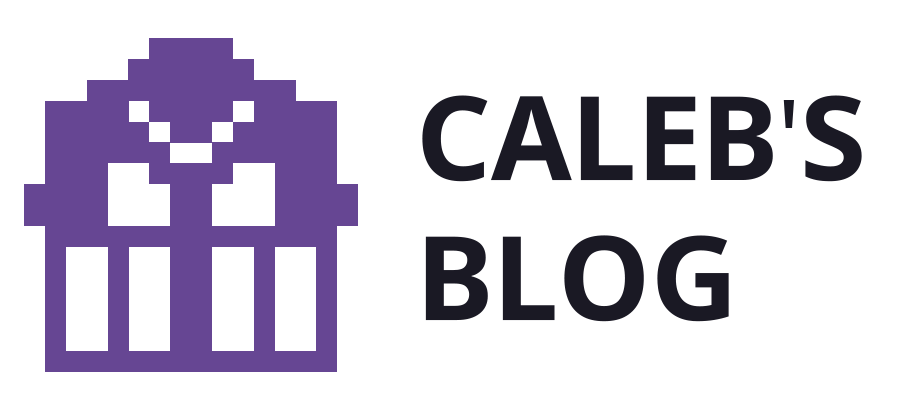Classmate Michael Blum and I have developed a project proposal for a public intervention project that utilizes data art/visualization called ‘Invisible Crowds’.
Invisible Crowds aims to raise awareness of the sheer volume and diversity of invisible waves that are constantly bouncing around public spaces.
For this proposal we developed the above presentation and a more detailed writing below.
Living in a major city, virtually everywhere you go, all around you, an almost innumerable number of waves are rippling forth in every direction. Unseen, unheard, seldom acknowledged, these various waves have a variety of crucial roles: sending, sensing, pinging, scanning, mining, measuring, surveilling, and so on. These waves are being transmitted from our pockets, our wrists, our headphones, from various other devices clipped onto our clothing, from our laptops or tablets, our fridges and thermostats, as well as all around us, from radio frequency identification (RFID) chips distributed throughout the urban environment and other ubiquitous networked sensors to ad hoc local communication and internet infrastructure. As such, the sources of these waves are highly diverse: both mobile (agents) and static (structure); as well as personal (consumer), private (commercial), and public (city). These waves bounce around in various configurations, from one person’s device to another person’s device, from one personal device to a fixed, non-personal utility (a router, sensor, base station, etc.) and back, as well as between two non-personal (that is, not “owned” or worn by any individual) devices or sensors.
Though this sea of waves’ frequencies reside all along the Hertzian spectrum, the far majority of them occupy just a handful of sections of this spectrum, which are called bands. Some of these bands, such as the ultra high frequency band (300 to 3,000 MHz), are particularly busy, and encompass almost all the transmissions you might be most familiar with on a daily basis, including WiFi, Bluetooth, and GPS. The waves in this frequency band overlap, intermingle, and sometimes even interfere. Taken together, these waves and all those that surround us make up a veritable choral arrangement of information—both signal and noise. This chorus, of course, is a silent one, for the human ear can’t hear anything higher than 20 KHz. But like any chorus, or sound waves in general, its physical constitution—that is, its wavelengths along various frequencies—are inherently natural phenomena, merely air (electromagnetically radiated air). Like virtually everything else natural in our world, though, the bands along the spectrum these waves inhabit have been carved up and reserved along regulatory and commercial lines, as well as subdivided at the individual scale (user and consumer) in address tables.
As micro-managed, neatly segmented wavelengths rippling through space, this sea of floating information is eminently quantifiable. When considering these quantities of data in relation to space, it can be thought of as constituting something like an invisible geography, one mappable by line, sound, color, and by any number of other means. Much more so than simply reading or being told about these waves, by reading the maps that illustrate their traversal through space, we might gain a better sense of these unseen partionings and novel arrangements they make up.
A critical awareness and appreciation of these waves, the technologies that send and receive them, as well as the tangled systems they altogether produce, is crucial for understanding the structures that organize and to a large extent enable the smooth functioning of our lives. And understanding these structures and systems is critical for cultivating something like a general literacy, rendering us more alert and better prepared for the future of ubiquitous computing and sensing, a future that looks to be replete with nano-computation, smart dust, programmable matter and networked textiles constantly sensing, transmitting, and in silent, invisible communication with innumerable devices of different kinds and at various scales.
Towards this end, we propose an interactive, participatory, research-driven exhibit including textual, sonic, and graphic elements. Its aim is to inculcate in the exhibition-goer a deeper understanding of the topic by illustrating its processes, simulating its complexity and dynamicity to scale, and generally just rousing a sense of curiosity as well as helping the user parse the coherence from the chaos, while still appreciating the chaotic scene that is nevertheless always is.
The orienting logic of our exhibit can be summarized by a remark from Kurahashi Neilson: “The only way to study something you can’t go to or touch is to look at it in many different ways.”
To us, this simply means: show the thing under consideration from a multiplicity of angles.

